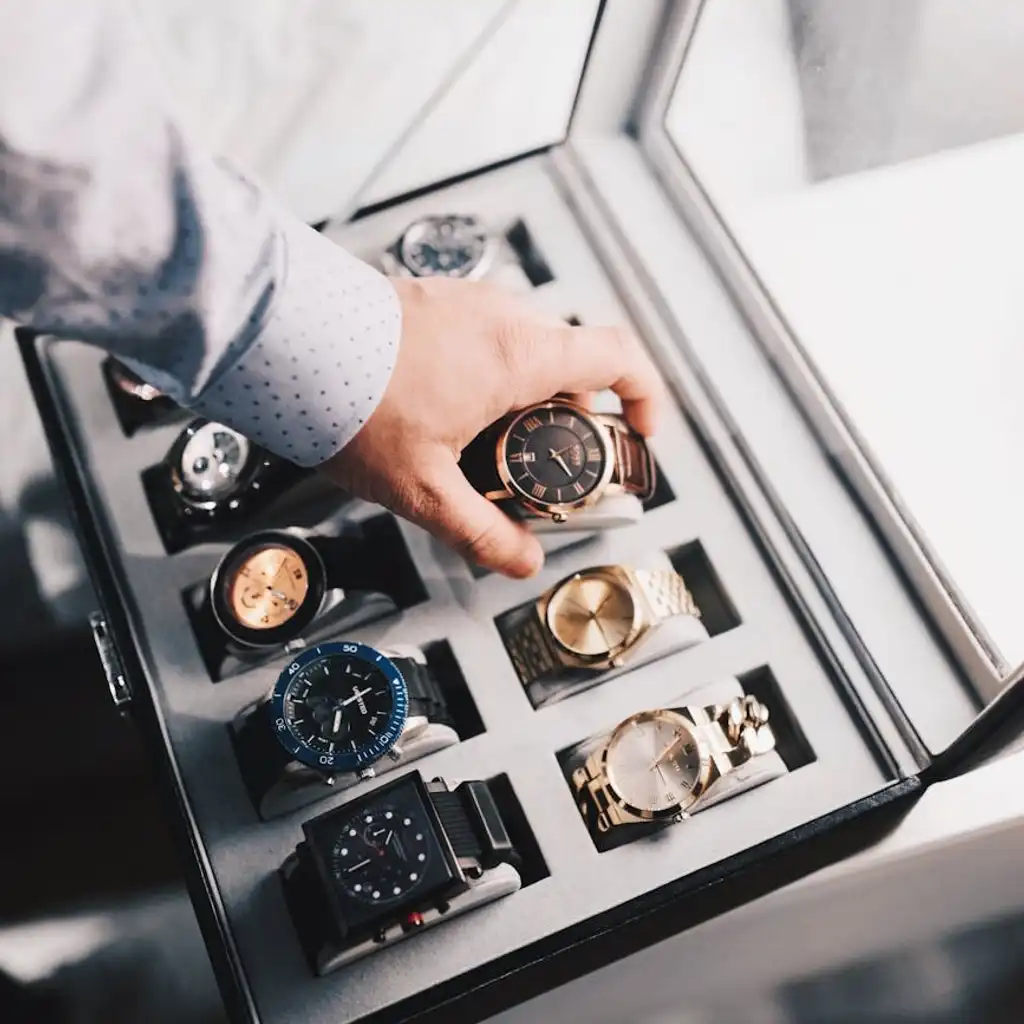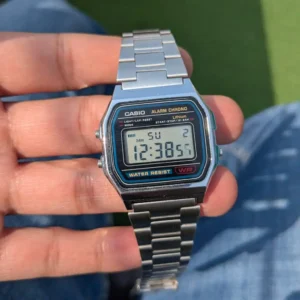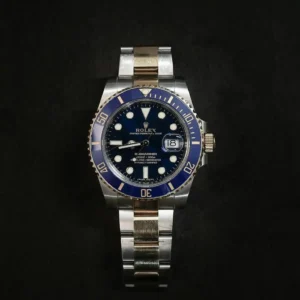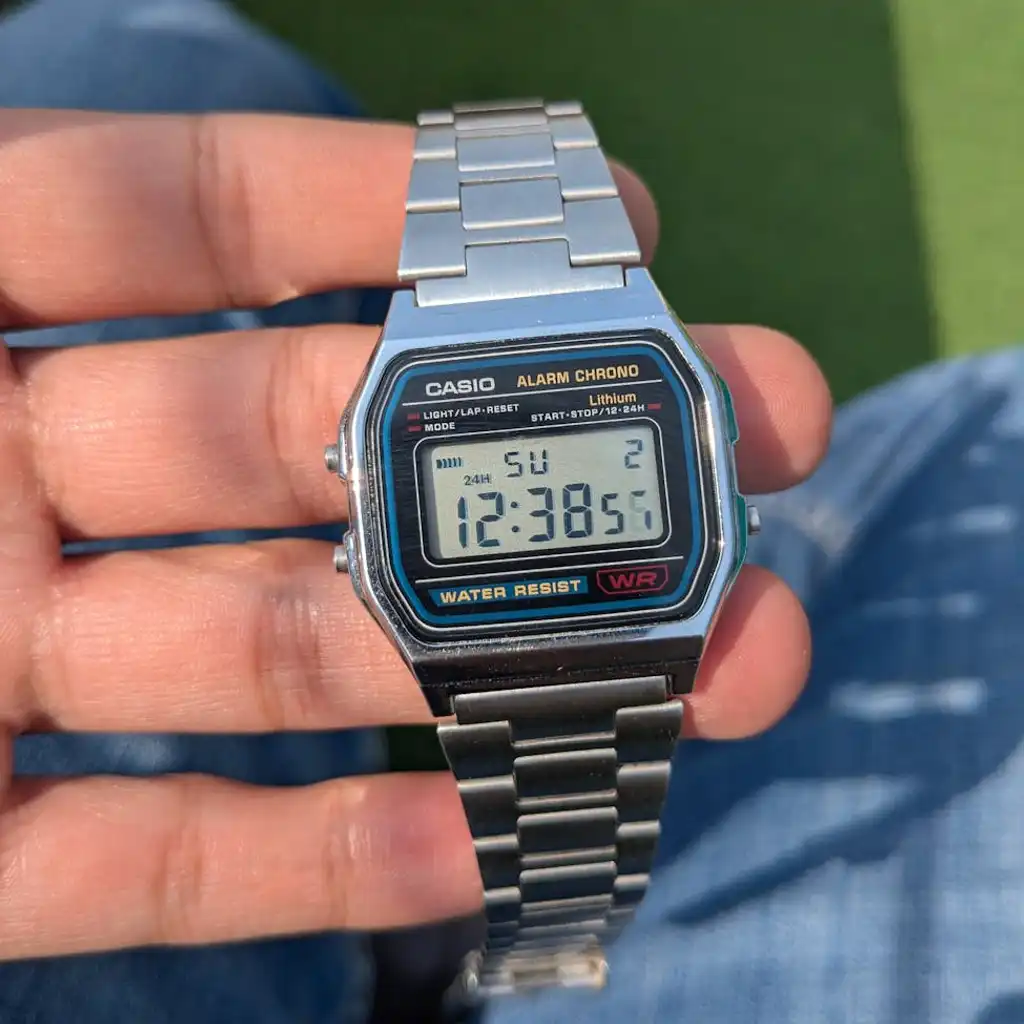The luxury watch market in Saudi Arabia is experiencing a significant upward trend, with its valuation expected to climb from USD 270.11 million in 2024 to USD 318.52 million by 2030. This growth, at a compound annual growth rate (CAGR) of 2.85%, is fueled by rising disposable incomes, an expanding base of affluent consumers, and a cultural focus on prestige and status. The Kingdom’s Vision 2030 initiatives are also playing a crucial role by enhancing exposure to global luxury trends and expanding premium retail infrastructure.
According to the 2025 World’s Wealthiest Cities Report, Riyadh has witnessed a 65% increase in millionaires over the past decade, now hosting over 20,000 individuals with substantial investable assets. Jeddah has also seen a significant rise in affluent residents, aligning with Saudi Arabia’s ambitious economic reform program designed to attract global wealth.
Key Market Drivers
Increasing Disposable Income and Affluent Consumer Base
The primary driver of the luxury watch market in Saudi Arabia is the rising disposable income and wealth among the Kingdom’s affluent population. Economic growth, bolstered by oil wealth and diversification efforts under Vision 2030, has led to a burgeoning class of high-net-worth individuals and affluent middle-class consumers. Luxury watches are perceived as symbols of status and personal achievement, making them highly desirable among Saudis.
With more disposable income, consumers are keen to invest in premium watches from prestigious global brands such as Rolex, Patek Philippe, and Audemars Piguet. In 2023, the average monthly household disposable income in Saudi Arabia was approximately USD 3,197, with Saudi nationals earning significantly more than non-Saudis.
Key Market Challenges
Dependence on Imports and Supply Chain Vulnerabilities
A significant challenge for the Saudi luxury watch market is its heavy reliance on imports, with most high-end watches sourced from international manufacturers in Switzerland, Germany, and other global hubs. This dependence makes the market vulnerable to supply chain disruptions, such as geopolitical tensions and logistical issues, which can delay the delivery of new models and limited editions.
Fluctuating currency exchange rates also affect the retail prices of imported watches, potentially reducing their competitiveness. Retailers must navigate these uncertainties to maintain consistent stock levels and competitive pricing.
Key Market Trends
Increasing Demand for Limited Editions and Bespoke Timepieces
There is a growing demand for limited-edition and bespoke watches among high-net-worth individuals in Saudi Arabia. These consumers seek exclusivity, craftsmanship, and personal identity in their timepieces. Limited-edition watches, often featuring unique design elements and intricate complications, are highly coveted by collectors and status-conscious buyers.
Global brands are responding by offering special editions tailored for Middle Eastern markets, with customization options like engraved initials and rare materials gaining popularity. The expansion of luxury brand boutiques in cities like Riyadh and Jeddah supports this trend, offering personalized consultations and bespoke experiences.
The Saudi Arabian luxury watch market is characterized by a diverse range of offerings, including analog and digital watches, catering to men, women, and unisex consumers. Both online and offline sales channels are essential, with regional markets segmented into Western, Northern & Central, Eastern, and Southern regions.








